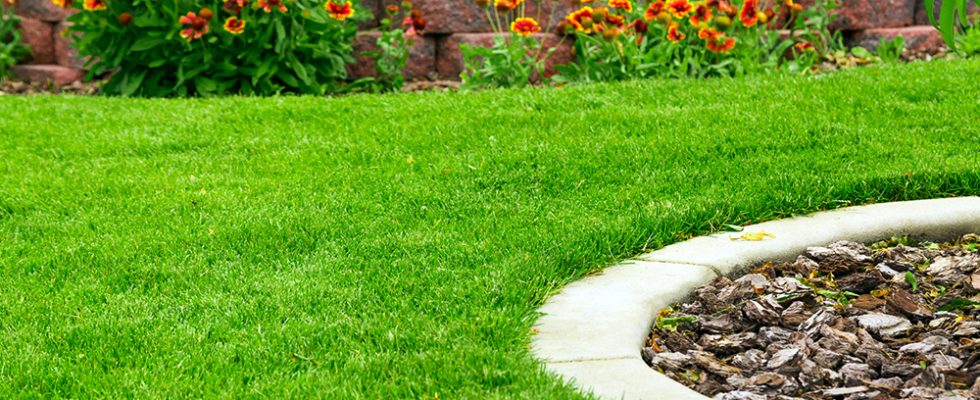The term “landscaping cleanup” can mean several different things. It encompasses a number of different tasks, depending on the various features of your yard. Contributing factors include whether your yard is commercial or residential, the types of foliage you have, and other landscaping features that may not be plant-based.
Non-organic landscaping features mainly include borders, walkways, decking, and what many professionals refer to as “hardscaping.” That is, any portion of your landscape that includes rocks and stones. These areas may not need pruning or watering, but they still require occasional maintenance.
In case you need any tools for your garden Growace is the place to order online.
Meanwhile, let’s review some basics about landscaping cleanup.
Seasonal Chores
Seasonal landscape cleaning is important for every yard, no matter how small or simple the setup. In the fall, you want to be sure all leaves and other debris are cleared from your yard before the first frost sets in. Organic matter that’s left to decompose over the winter can lead to a buildup of microbes that can harm your lawn.
At the very least, you want to mow, prune, and then rake up any leftovers lying around once you’re done. Even the most thorough fall cleanup job will still leave you with additional debris from the winter, so spring cleanup is equally important. Give your lawn, shrubs, trees, and garden their best chance to thrive by removing any dead branches and rotting debris once the days begin to warm up again.
Flower Beds and Vegetable Gardens
Once again, autumn and spring are prime time for sprucing up your garden space. While some organic matter is nutritious for your soil, you don’t want to leave an excess that could begin to rot either in the winter frost or in the heavy precipitation of early spring. Gardens are a bit more labor-intensive when it comes to landscape cleanup, because you’re navigating several small plants you don’t wish to harm.
Pruning is essential, whether you’re cultivating tomatoes or tulips, as you want your plants’ nutrition to go toward their most viable parts. Culling dead stems and rotting fruit is vital to the overall health of the organism.
Additionally, you want to check the health of the topsoil, as well as any mulch you laid last season. You don’t want soggy mulch that’s full of mold and algae, any more than you want anemic soil whose nutrients have been washed away from heavy precipitation. If you aren’t sure about the health of your topsoil, a test kit can be found through your garden shop or your local lawn care agency.
Landscape Rocks
While rocks and stones certainly aren’t succeptable to rotting, they can still harbor unwanted microbes when left untended for months at a time. This is especially true for ground-level installations, such as stepping stones or flat barriers created with gravel and river rocks. The problem is, you don’t want to oversaturate the ground beneath or around them when cleaning them off.
For bigger structures like a garden wall with bedrock, or a path of large paving stones, a few rinses should suffice. Just don’t completely drench the surrounding area. While you don’t want to use a pressure washer, a few passes should suffice to knock off any build-up of debris. Space out the rinses by a few days, so as to allow the ground to absorb the moisture without getting waterlogged.
For structures created with smaller material, you may want to take a bit more care. Most installations using loose rocks or stones will either have a foundation of sand, a bit of netting or tarp at the base, or both. If an impermeable base is in place, you may want to take it section by section to avoid standing water. Some even recommend removing the loose rocks to rinse them off on separate ground.
